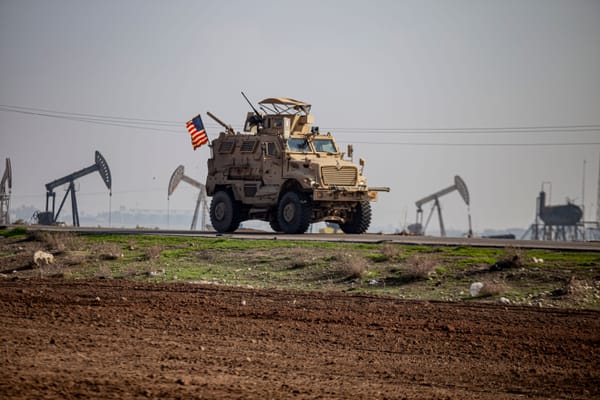It was bound to happen, and it finally happened: On Sunday, a drone attack on an American base in Jordan, near the Syrian border, claimed the lives of three US soldiers, injuring 34 others. The attack punctuated three and a half months of asymmetric warfare between US forces and Iran-linked militant groups; since Oct. 7, there have been more than 150 attacks on American outposts across the Middle East in response to US support for Israel.
Responsibility for the attack was claimed by the Islamic Resistance in Iraq, a term used to identify a constellation of Iranian-backed militias that have fought against Coalition forces in the country. “As we said before,” the group said in a statement, “if the US keeps supporting Israel, there will be escalations.”
The latest attack marks a major upsurge in what was already a low-intensity regional war between Israel and the United States on one side, and an informal anti-Israeli and anti-Western coalition led by Iran, commonly referred to as the Axis of Resistance, on the other. The latter includes Hamas, Lebanon’s Hezbollah, the Syrian government (and various Shiite militias operating in the country), the Houthi movement in Yemen, called Ansar Allah, and Shiite militias in Iraq. They all subscribe to an anti-Western and anti-Zionist agenda, with a particular emphasis on the Palestinian cause.
Since Oct. 7, attacks and counterattacks have been taking place across the region—in Iraq, Syria, Lebanon, and Yemen—with Washington even launching a war-in-all-but-name against the Houthis in response to the latter’s blockade of the Red Sea shipping route. Several analysts have been warning about the risk of this conflict escalating into an all-out war; Sunday’s attack in Jordan brings this doomsday scenario one step closer.
